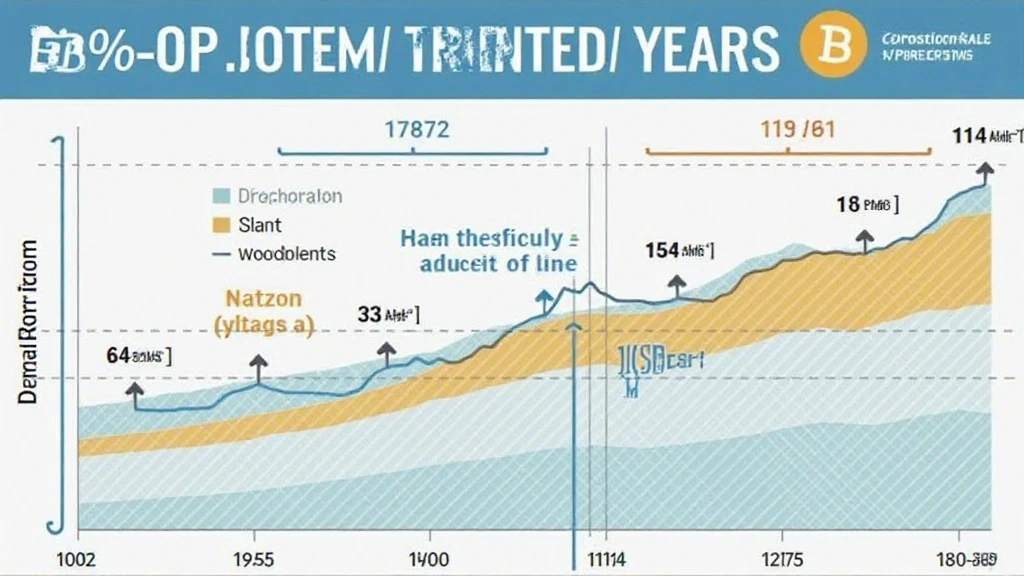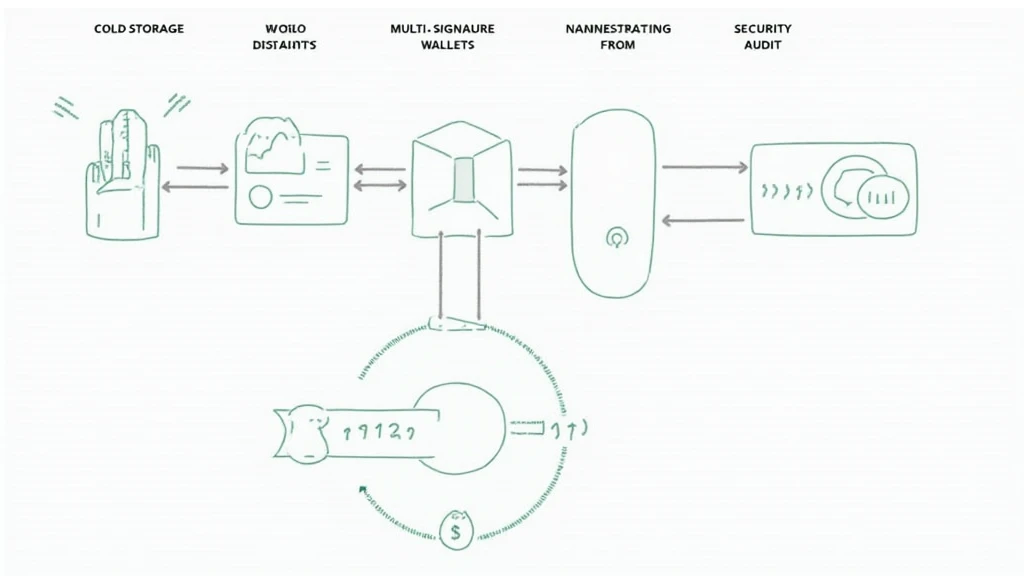Bitcoin Mining Difficulty Analysis: Understanding the Trends and Challenges
In 2024, an astonishing $4.1 billion were lost to DeFi hacks, raising serious concerns about the security of digital assets. Amid this scenario, Bitcoin mining stands as a vital part of maintaining the network’s integrity and trustworthiness. As we navigate through the complexities of Bitcoin mining difficulty analysis, it becomes imperative to comprehend its significance and the factors influencing the volatility of mining difficulty.
What is Bitcoin Mining Difficulty?
Mining difficulty refers to the amount of computational work required to find a new block in the Bitcoin blockchain. Each time miners successfully produce a block, the network adjusts the difficulty to ensure that the time taken to mine a block remains roughly every 10 minutes. This adjustment helps maintain a consistent flow of new bitcoins entering circulation, ultimately impacting supply and pricing dynamics.
The Mechanics Behind Difficulty Adjustment
- Difficulty Calculation: Every 2016 blocks, or approximately every two weeks, Bitcoin adjusts its mining difficulty based on the cumulative hashing power of the network.
- Target Block Time: The goal is to keep the average time to mine a block around 10 minutes, thus regulating the issuance of new bitcoins.
- Impact of Hashrate: Increases in the hashrate – the total computing power dedicated to mining – cause it to become more challenging to mine subsequent blocks, resulting in increased difficulty.
Current Mining Landscape and Trends
As of late 2024, Bitcoin mining has faced unique challenges and evolving trends, influenced heavily by global economic shifts, technological advancements, and regulatory scrutiny. For miners in Vietnam and beyond, staying updated is crucial amidst an ever-changing landscape.

Graph: Historical Mining Difficulty Adjustment

Challenges Facing Bitcoin Miners
Bitcoin miners endure a variety of challenges, some of which include:
- Intensifying Competition: With the rise of crypto mining pools, competition has surged, leading to a tougher environment for individual miners.
- Increased Energy Costs: The energy required to mine Bitcoin is substantial, and rising electricity prices globally compound this challenge.
- Regulatory Pressures: Governments are increasingly scrutinizing crypto operations, leading to potential shutdowns and local restrictions. For example, many miners in Vietnam have reported a growing regulatory focus, highlighting the need to adapt to new compliance requirements.
Adapting to High Difficulty Levels
To achieve profitability amidst rising difficulty, miners must consider various strategies:
- Invest in More Efficient Hardware: Upgrading to the latest ASIC miners can significantly improve the hash rate and energy efficiency.
- Join a Mining Pool: By joining a collective group of miners, individuals can combine resources to increase their chances of earning Bitcoin.
- Stay Informed on Market Trends: Understanding the dynamics of Bitcoin’s price and difficulty can aid in strategic planning.
Case Study: Mining in Vietnam
Vietnam, a nation witnessing a significant growth rate in cryptocurrency adoption, presents both opportunities and challenges for miners:
- According to recent data, Vietnam has a user growth rate of nearly 37% in cryptocurrency usage, making it one of the fastest-growing markets in Southeast Asia.
- However, local miners must navigate complexities such as regulatory changes and electricity costs that fluctuate based on government mandates.
Strategies for Success in the Vietnamese Market
For miners in Vietnam, the following strategies can provide an edge:
- Diversify Mining Operations: Consider multiple cryptocurrencies or platforms to mitigate risks and maximize earnings.
- Energy Efficiency Improvements: Invest in renewable energy sources to lower electricity costs.
- Network with Local Communities: Collaborating with local miners can yield mutual benefits and shared insights on best practices.
Conclusion: Navigating the Future of Bitcoin Mining
As we continue to explore the intricate world of Bitcoin mining difficulty analysis, it’s essential to remain vigilant about emerging trends and adapt to the changing landscape. Factors like energy costs, competition, and regulatory environments will continue to shape the future of mining. Key takeaways include embracing technological advancements, staying informed, and maintaining flexibility within operations to thrive in this dynamic ecosystem.
For anyone interested in delving deeper into cryptocurrency topics or understanding mining difficulties better, hibt.com offers an extensive range of resources and insights.
This article was written by Dr. Nguyen Thanh, a recognized expert in blockchain technology and cryptocurrency, with over 10 published papers in the field and a lead auditor on several high-profile blockchain projects.





